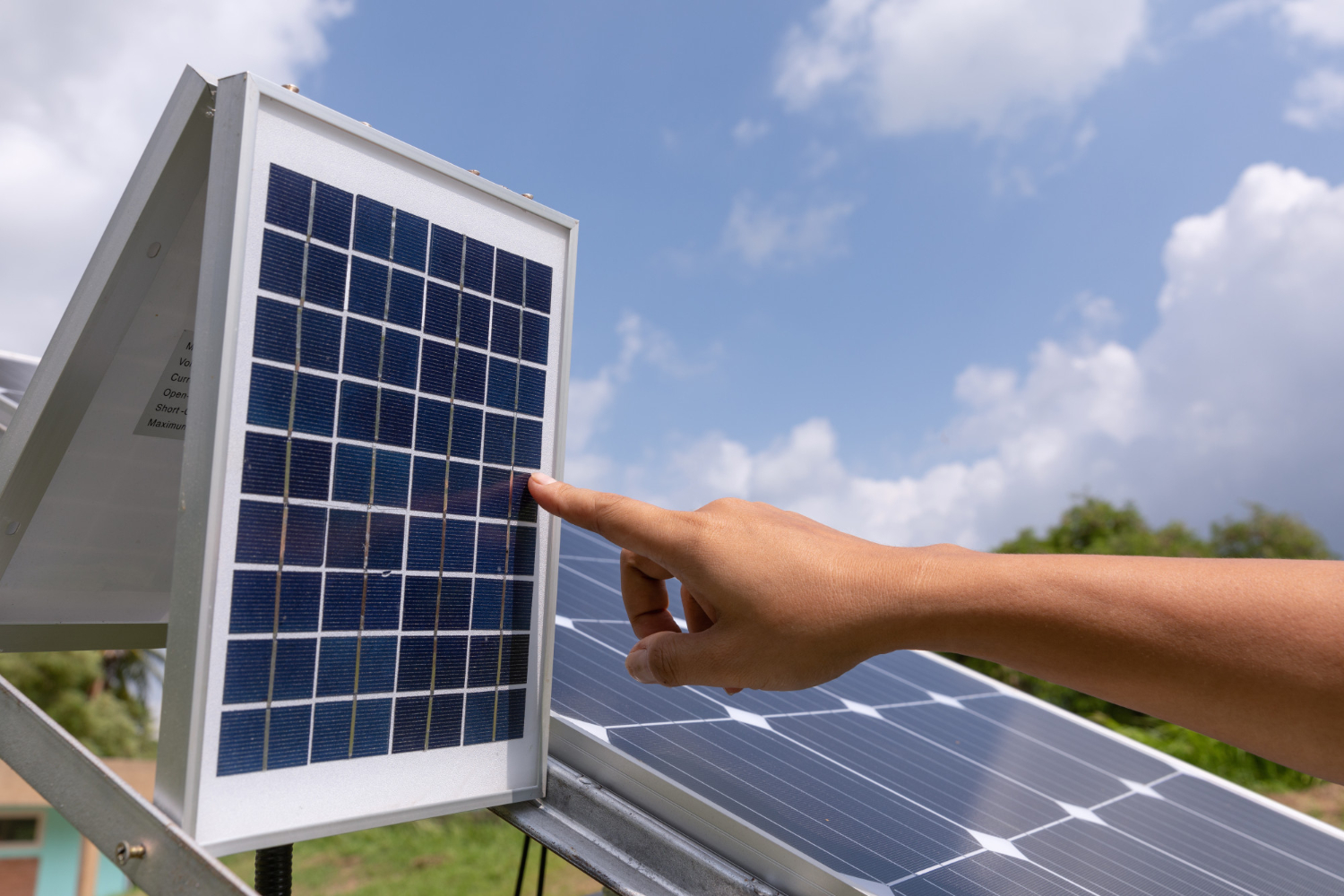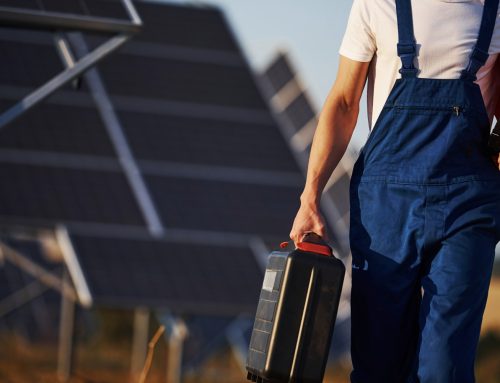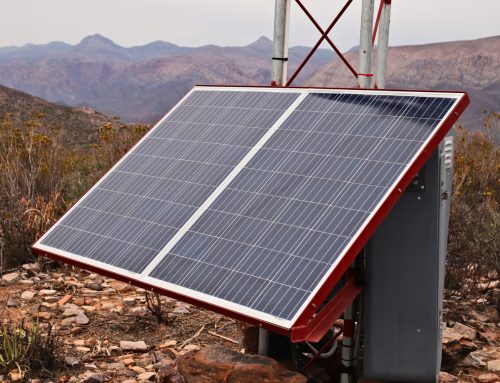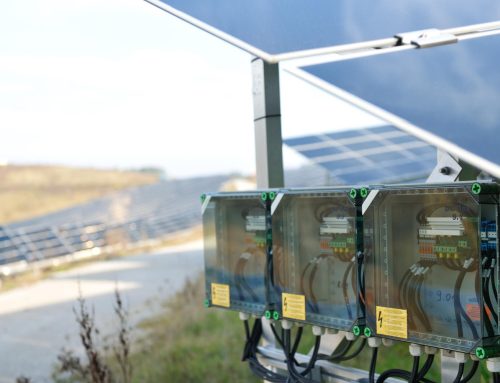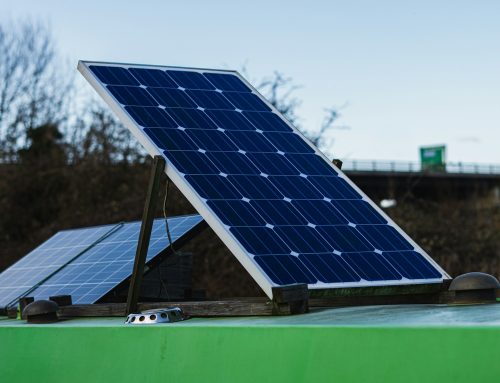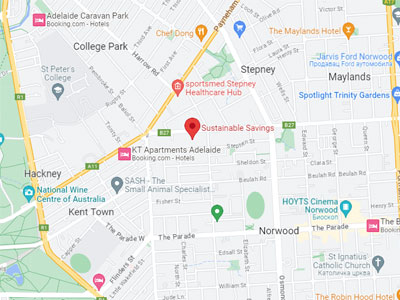For many Adelaide businesses, having a commercial solar system isn’t just about ticking a sustainability box. It’s a long-term tool that can bring down operating costs, especially during those expensive peak demand times. But not all systems run at full potential throughout the day, and this is where some big savings can slip through the cracks.
If you’re running a 20kW solar system, timing and efficiency are everything. Power demand shoots up in the afternoons when HVAC systems crank or machinery loads increase, and that’s often when the grid charges more. By making sure your system is working its hardest when you need it most, you can limit the amount of peak power sourced from the grid and stretch your investment further.
Understanding Peak Demand
Peak demand happens when there’s a surge in energy use. In commercial settings around Adelaide, this can happen during the hottest parts of the day when cooling systems are running nonstop, during heavy machinery use, or in the early morning startup phase. This surge can push your electricity rates up even though your system might be generating power.
Grid providers charge businesses based on the highest level of energy drawn over short time periods, not just the total power consumed. That means even a short spike in demand can lead to steep charges. If your system can’t keep up during those spikes, you’ll have to draw costly electricity from the grid.
Your 20kW system does generate a good chunk of power, but its effectiveness during peak times is what makes all the difference. If it underdelivers just when you’re using the most electricity, you’re not getting its full value. That’s why understanding when and how it kicks into gear matters.
Optimising Your 20kW Solar System
Getting the most out of your solar setup isn’t just about installing panels and calling it a day. It takes a bit of planning and the right tools to make sure your system actually reduces what you pay during expensive peak periods.
You can start by checking how your current system performs:
– Is energy generation lining up with your highest usage times?
– Is your inverter model capable of handling peak loads without bottlenecking?
– Are monitoring systems in place to track spikes and system output?
Some businesses find that their solar setups are running fine during late morning and early afternoon but taper off when demand is highest in the later afternoon. By installing a smart inverter with real-time monitoring, you give yourself visibility over what your system is doing, moment to moment.
These tools show how well your setup handles peak operation, help balance loads across different parts of the day, and flag times when performance drops below normal. Even tweaking panel orientation or system scheduling for equipment use can bring performance back into balance.
The right inverter also plays a bigger role than many think. Higher-grade commercial inverters can provide better load handling, fast data tracking, and even ramp output to match surging usage during busy hours. Investing in a better inverter can shift more of your demand to your own solar generation rather than the grid.
Energy Storage Solutions
One of the most effective ways to tackle peak demand charges is by adding energy storage to your solar setup. By integrating battery storage, your system can save excess solar energy produced during low-demand periods and release it during peak times when electricity costs are highest.
Here’s why it works so well:
– Adds flexibility, allowing your business to use stored solar power when it’s cost-effective
– Reduces reliance on the grid during peak hours, making steep charges less likely
– Smooths out energy supply, keeping operations running smoothly even during high-demand times
While some might think it’s an add-on for the future, energy storage technology has matured quickly, making it a smart move for those looking to squeeze the most from their solar systems. Deploying a storage solution brings a level of independence from grid variability and pricing.
Maximising ROI with Expert Guidance
Finding the right combination of panels, inverters, and batteries can feel a bit like piecing together a puzzle, especially with so many options on the market. Knowing which technology aligns with your demand profile and site specifics can significantly boost your return on investment. When you match top-quality panels with well-suited inverters, you’re setting the stage for maximum performance. Reliable brands ensure your system stands against the rigours of demanding business needs without flinching.
Let’s take an example. Choosing panels with strong durability ratings is important for sites prone to harsh weather. Opting for panels with proven efficiency helps protect your investment and keeps output consistent across seasons. Pairing these with inverters that offer smart monitoring and adaptive load handling can improve system responsiveness and output during high-use periods.
Working with a knowledgeable team makes a difference here. Instead of trial and error or relying on generic setups, your solar installation should be carefully tailored to suit your energy profile. Identifying your peak usage patterns and matching them with the right technology means you’re more likely to see meaningful savings and strong system performance over time.
Your Path to Peak Efficiency
In Adelaide, where conditions for solar are excellent, leveraging your 20kW system the right way unlocks significant benefits. Thinking strategically about how you use your system during peak times not only saves money but makes your operations greener and more sustainable. Careful management and smart technology choices will help you meet your energy needs while staying ahead of power pricing shifts.
By focusing on these optimisation strategies, your business can adopt a forward-thinking approach that delivers long-term gains. Through good planning and better use of solar technologies, achieving peak efficiency with your 20kW system isn’t just practical. It’s an achievable step that strengthens energy resilience and reduces your reliance on the grid. That change, especially during peak pricing periods, makes a noticeable difference to both costs and confidence.
If you’re looking to reduce peak electricity charges and make the most of your commercial energy setup, exploring a tailored 20kW solar system could be the right move for your business. At Sustainable Savings, we’re here to help you step into a smarter, more efficient energy future built for Adelaide conditions.

